It might seem like the Star Wars saga is just filled with a bunch of made-up stuff, like the Jedi and the Sith and the Rebels and the Empire and the Force. But almost everything in the Star Wars movies was inspired by events and figures from real-world history.
In telling a story about the struggle between democracies and dictatorships – and, more broadly, the struggle between good and evil – George Lucas really did his research, and looked into real-life cases of democracies being challenged and eventually toppled by nefarious dictators. So, here are 10 Allusions To Real-Life History In The Star Wars Saga.
10 The fall of the Galactic Republic was based on Rome
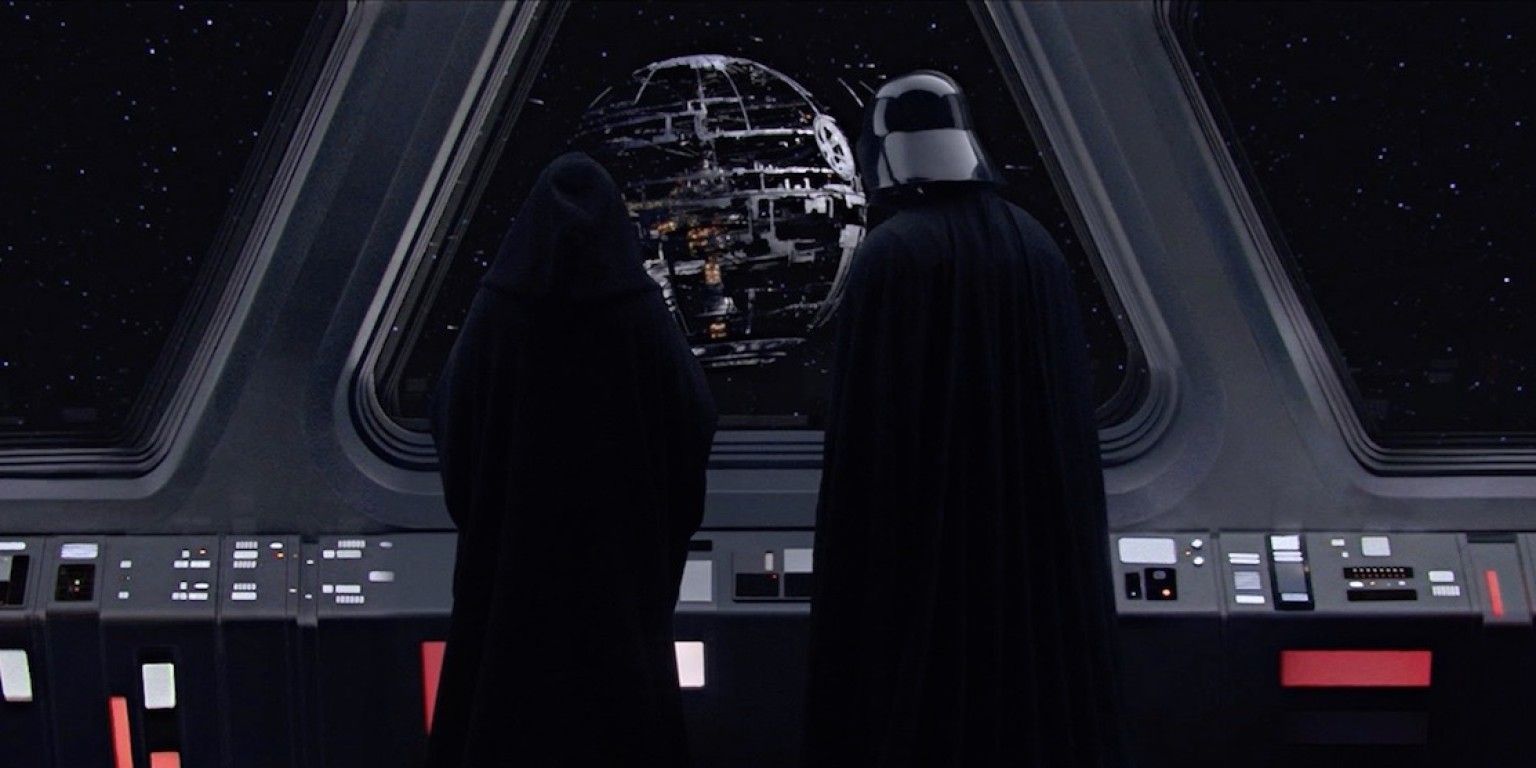
The Star Wars prequel trilogy has been criticized for a number of problems – its clunky dialogue, its overreliance on primitive CGI effects, the somewhat wooden acting of Hayden Christensen, etc. – but there’s no denying that there are a lot of big ideas at play.
As a whole, the trilogy is a retelling of the fall of Rome. Throughout the trilogy, the thriving Galactic Republic slowly loses its grip on democracy and falls into the hands of a dictator, who announces the reign of the Galactic Empire. This was based on the dissolution of the Roman Republic and the rise of an empire in its place.
9 The Stormtroopers were named after the German soldiers who fought in World War I

Although they have notoriously bad aim, the Stormtroopers make up the Empire’s entire armed forces. Thanks to their gorgeously designed armor, they’ve become icons of science fiction. The name of these troops came from the German “shock” troopers who fought in the First World War.
On the other hand, the uniforms worn by Imperial officers on board the Star Destroyers, overseeing the Stormtroopers, were inspired by the uniforms worn by high-up German military officers during the Second World War. The black uniforms are so heavily influenced by S.S. uniforms that they even have a silver Totenkopf (“death’s head”) on their caps.
8 The First Order was based on ex-Nazis escaping to Argentina
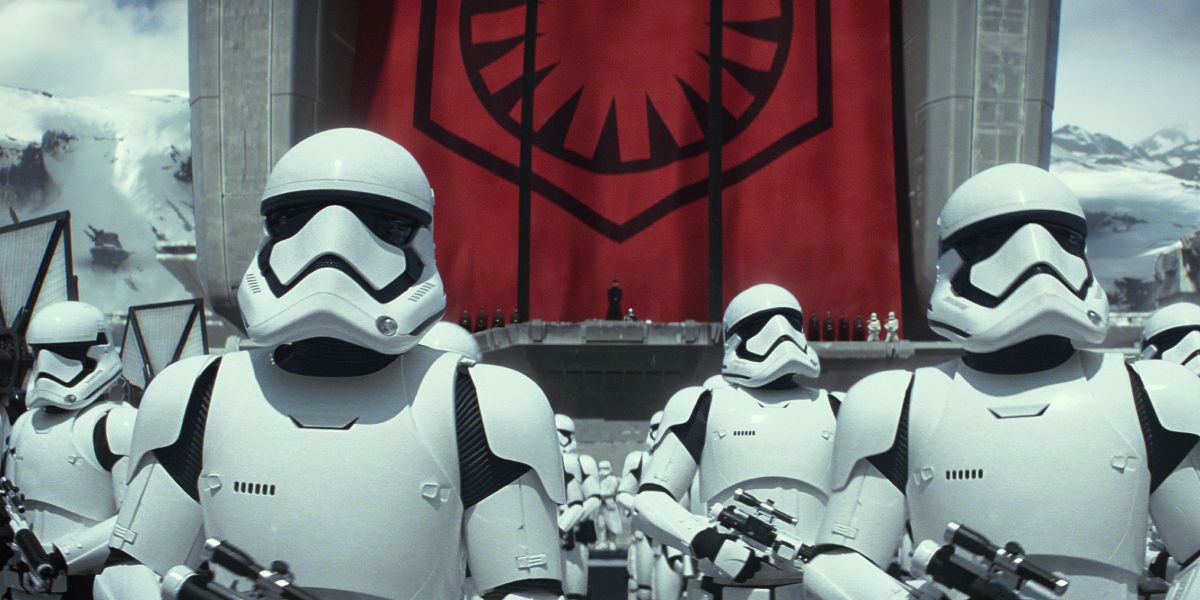
The Star Wars sequel trilogy could’ve benefited from developing the First Order a lot more, giving the organization a real ethos and also depicting the impact that their rule had on life in the galaxy. The original trilogy did a great job of this; it’s just one of a few areas in which the sequel trilogy was underwhelming.
And this is especially true because the ideas behind the First Order are really interesting and could’ve used deeper exploration. The Force Awakens director J.J. Abrams said that in conceiving the First Order, he and the other writers spoke about Nazis who could’ve escaped to Argentina after World War II and rebuilt their party.
7 Darth Vader’s suit is a cross between samurai armor and a Nazi uniform
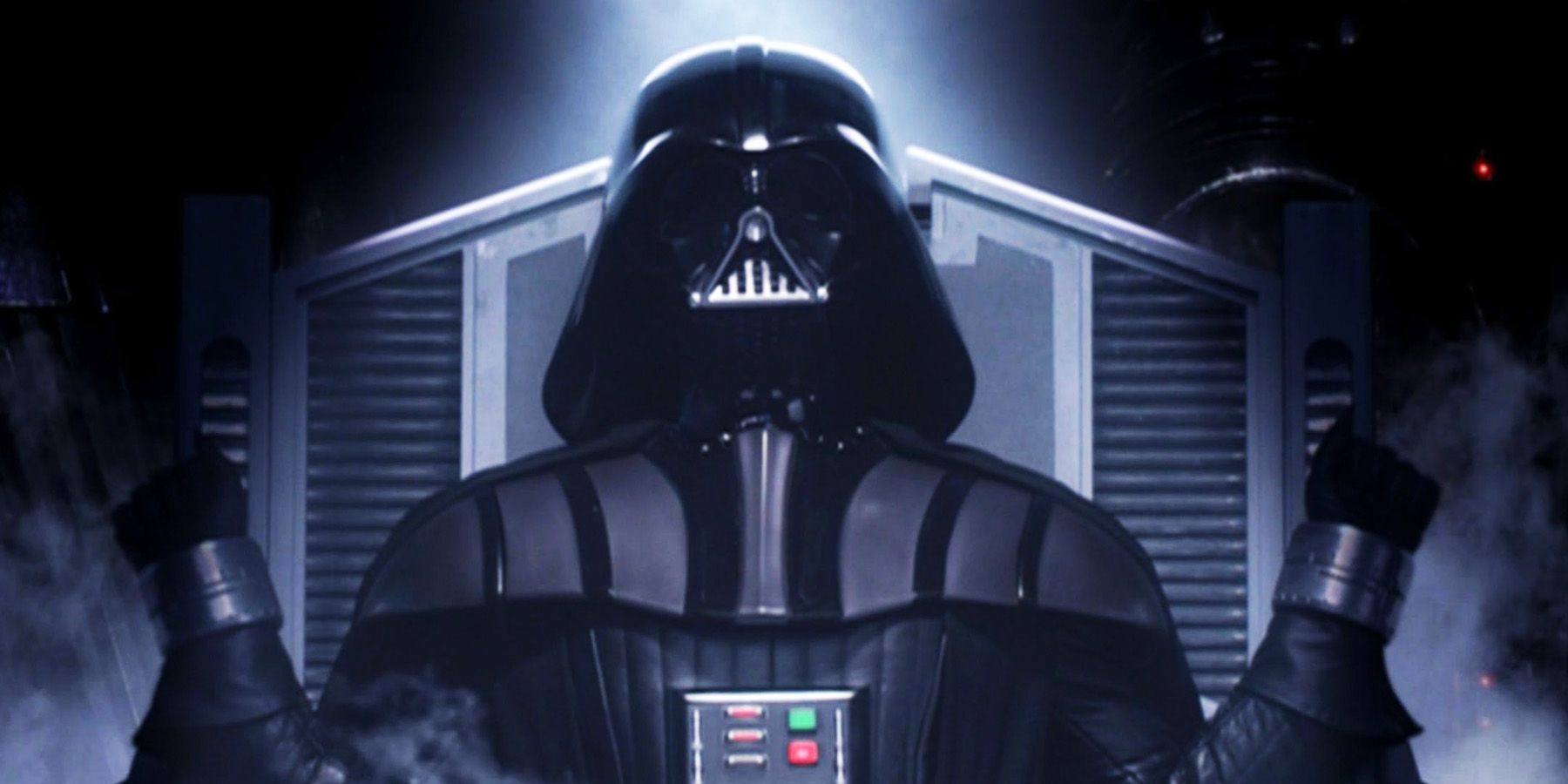
Darth Vader was initially designed based on the armor worn by samurai warriors. (The Jedi’s code of honor, peace-keeping ethos, and fighting style were primarily inspired by Japanese samurai.) But as the concept developed, he was also given a helmet inspired by the helmets worn by German military officers.
Initially, George Lucas conceived the Sith to be a team of warriors that would serve the Emperor and do his bidding, inspired by the Schutzstaffel’s dedication to Adolf Hitler. However, this was condensed to keep the story streamlined, so in the final draft, it was just Vader who served the Emperor.
6 The Great Jedi Purge mirrors the Night of the Long Knives
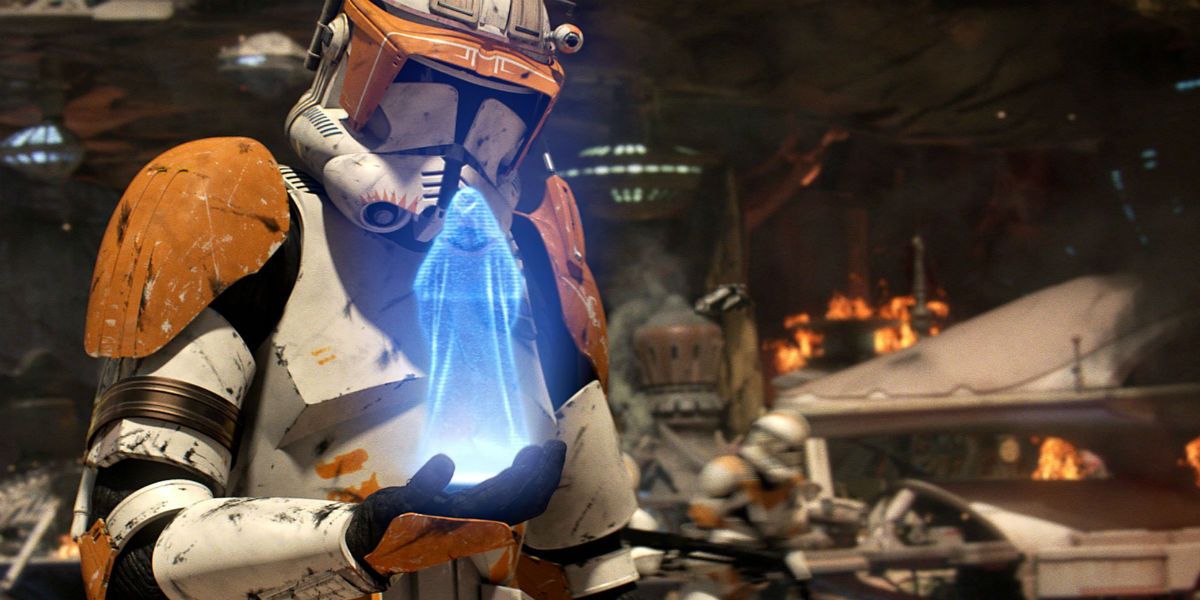
In order to solidify his place as the ultimate ruler of the galaxy, Palpatine orders the Clone Army to turn on the Jedi Knights they’ve been assigned to protect. This event is known as the Great Jedi Purge in the Star Wars canon.
It was heavily influenced by Night of the Long Knives. Spurred on by Hermann Goering and Heinrich Himmler, Adolf Hitler ordered a series of political assassinations from June 30 to July 2, 1934, as a means of consolidating his power and putting the German military at ease following fears about the role played by Ernst Röhm and the Sturmabteilung.
5 The Death Star was based on Cold War-era W.M.D.s
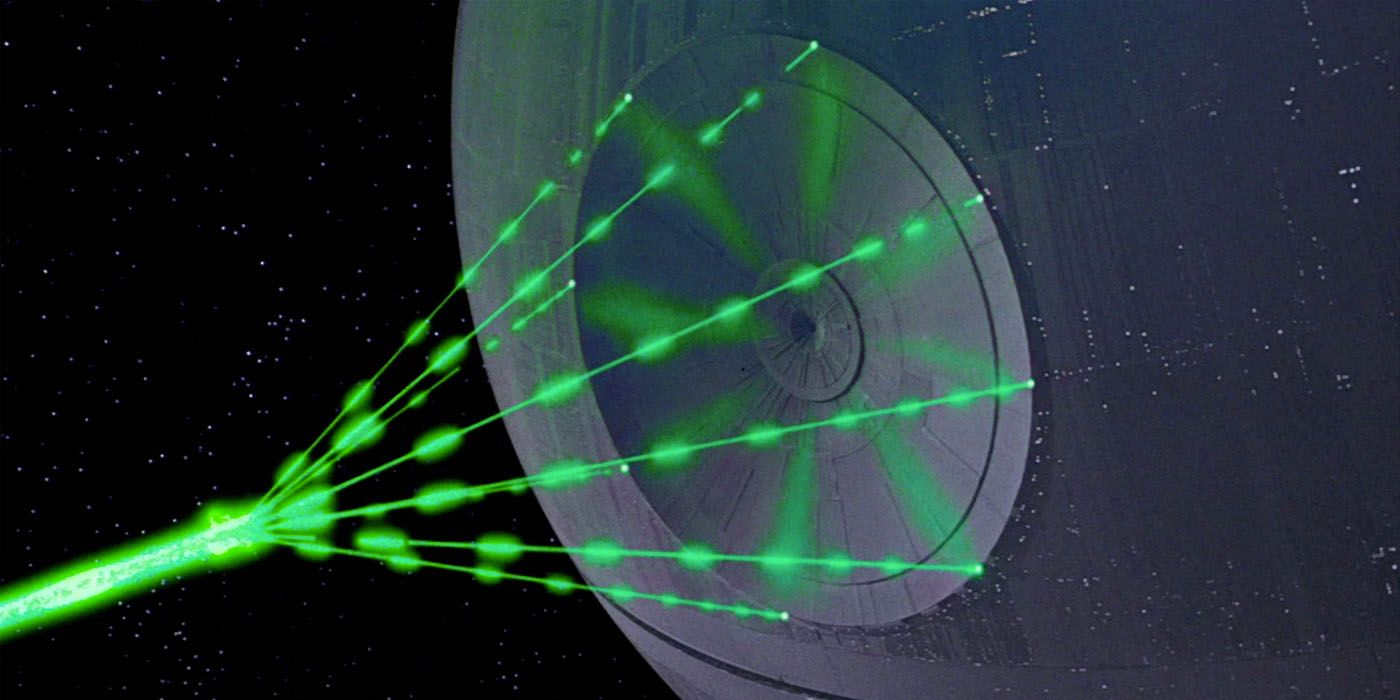
The nuclear tensions between the United States and the Soviet Union weren’t exactly “history” when George Lucas was making Star Wars; looming nuclear war was a contemporary reality. Americans were living in fear of nuclear annihilation, as the Soviets threatened America with an arsenal of weapons of mass destruction.
The Death Star was conceived as the ultimate weapon of mass destruction – a space station capable of wiping out an entire planet. Life imitated art (sort of) a few years later when Ronald Reagan’s Strategic Defense Initiative (a plan to defend the U.S. from nukes with lasers) was nicknamed “Star Wars” by Ted Kennedy.
4 The space battles were based on dogfights from WWI and WWII
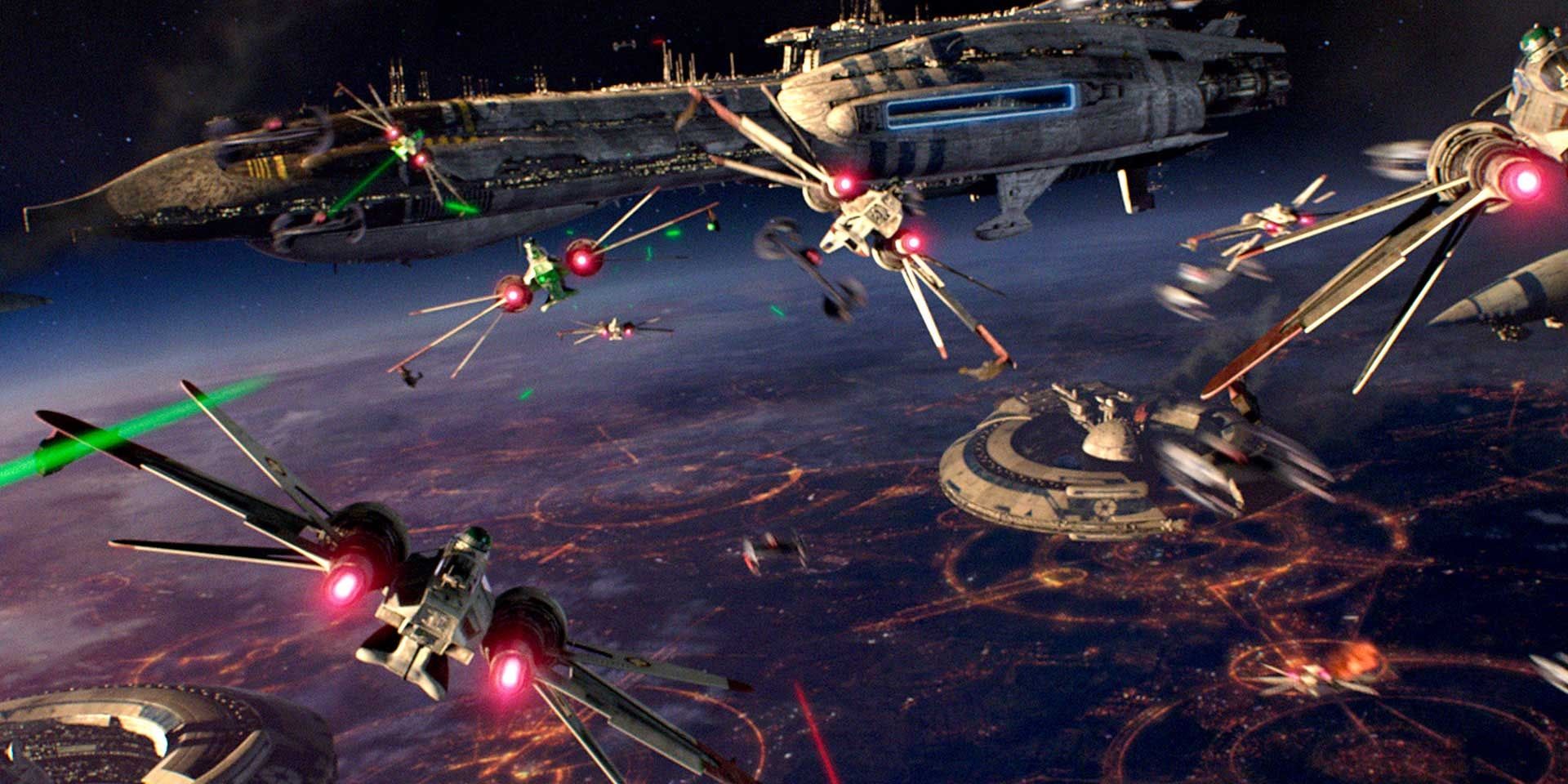
One of the most popular and celebrated aspects of the Star Wars saga is the space battles. As pure escapism, each space battle is a spectacle to behold. In designing the space battles in the movies – especially in the 1977 original – George Lucas was influenced by dogfights that took place in World War I and World War II.
This could be why a lot of the aerial battle sequences in the sequel trilogy take place in a planet’s atmosphere. With the starships battling it out in the skies, those set pieces look even more like classic dogfights than the space-set ones.
3 The Knights Templar inspired the Jedi Council
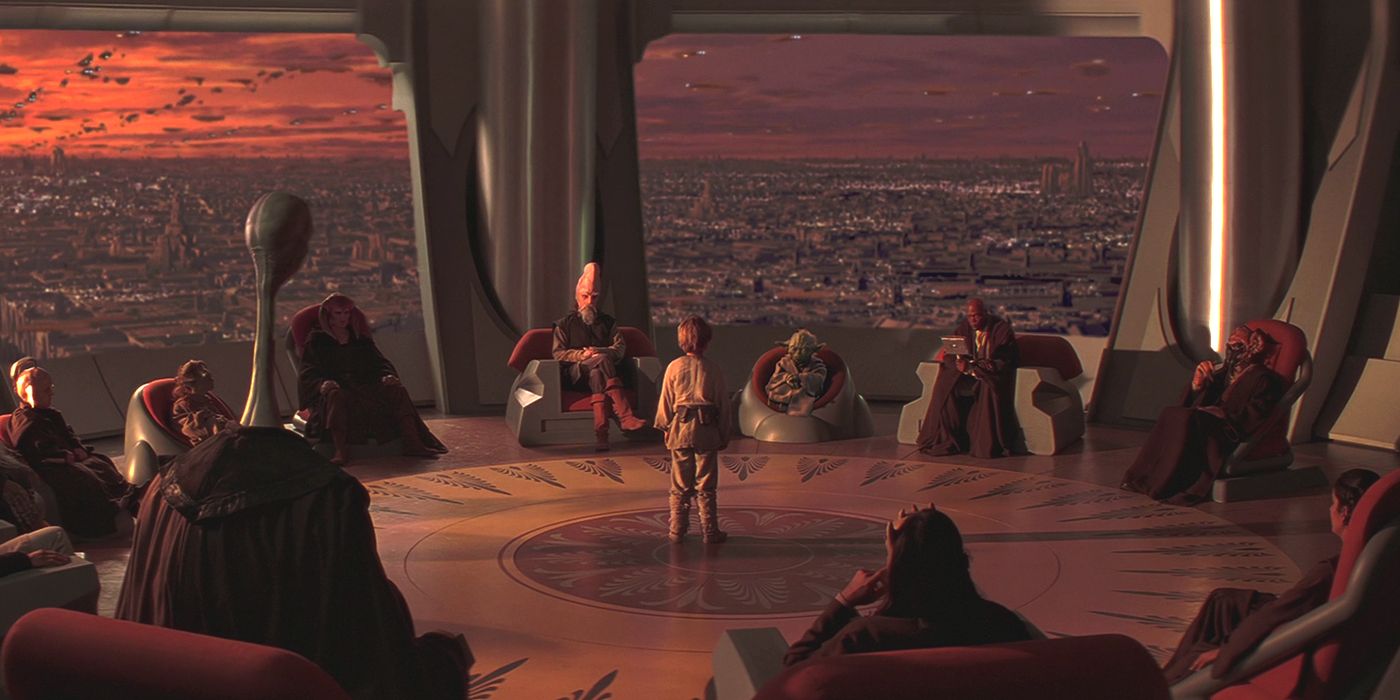
The top-ranking Jedi Knights who have a seat on the Jedi Council were influenced by the Knights Templar. The Templars were held in higher regard than regular knights, because they were stronger, more dedicated, and more morally pure. Like the Jedi, the Templars were governed by a 12-piece council of elders, with a grand master at the center, making all the decisions.
The Jedi were generally inspired by Japanese samurai warriors and Shaolin monks, but the politics behind the Jedi were lifted from the Knights Templar. France’s King Philip IV had the Templars wiped out, much like Palpatine with Order 66.
2 The Rebels’ battle against the Empire was based on the Vietnam War
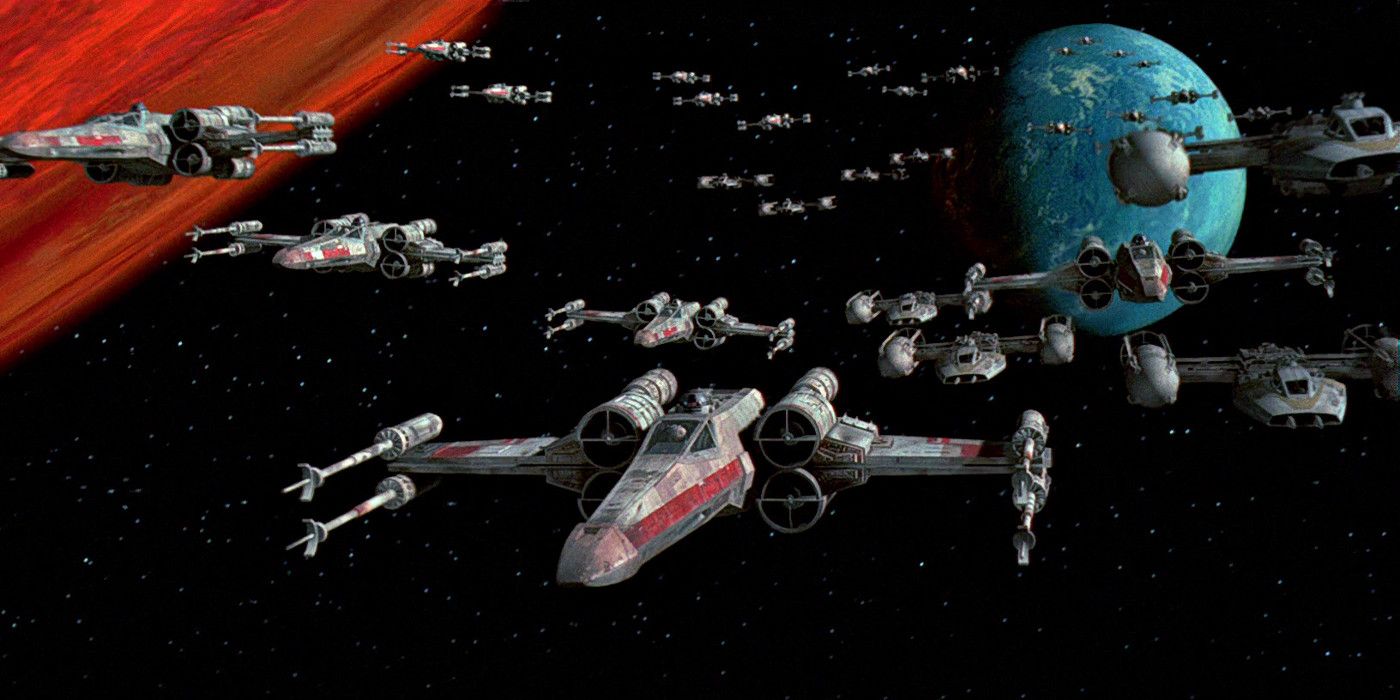
When George Lucas was writing Star Wars, the Vietnam War was coming to a close. The war had been fervently debated across America, with many people protesting the U.S. government’s decision to get involved in the skirmish at all. Interestingly, with its military-industrial complex and much more advanced technology, the Empire parallels America’s role in the conflict, and with their plucky defiance in the face of invading forces, the Rebels parallel the Viet Cong.
It’s no secret that Lucas wasn’t the biggest fan of Richard Nixon, so it’s unsurprising that he made America the bad guys in his veiled Vietnam War protest. The Ewoks in Return of the Jedi were also inspired by the Viet Cong.
1 Palpatine is an amalgamation of many dictators and politicians
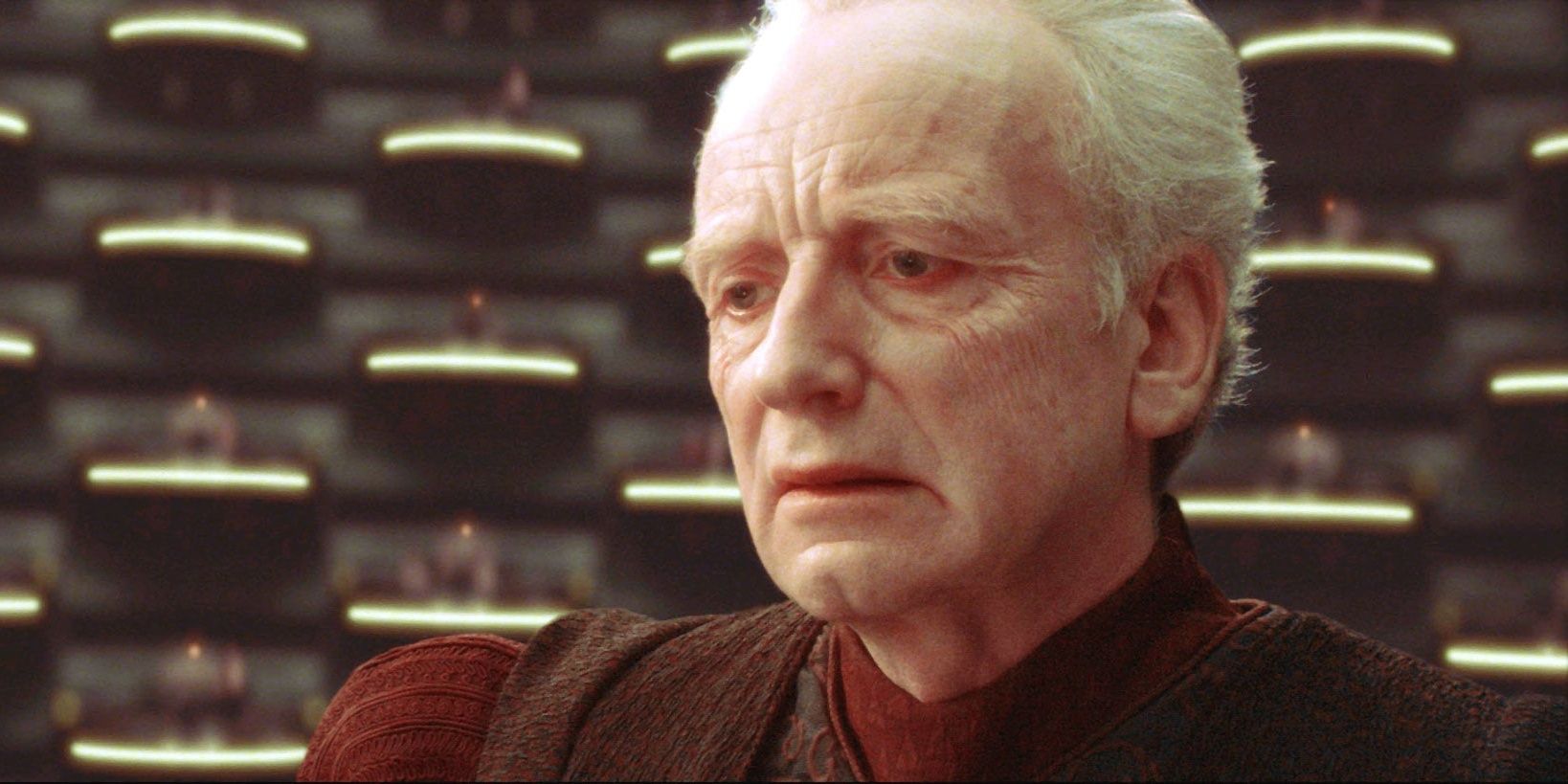
Emperor Palpatine was conceived as an amalgamation of a number of dictators and politicians. George Lucas included a few parallels to historical figures like Napoleon Bonaparte, Julius Caesar, and Richard Nixon. Lucas said of Nixon’s influence that his presidency “got me to thinking historically about how do democracies get turned into dictatorships because the democracies aren’t overthrown; they’re given away.”
Palpatine holding the title of Chancellor in the prequel trilogy, before manipulating his way to absolute power and appointing himself the Emperor, was based on the fact that Adolf Hitler was a chancellor before giving himself the title of Führer.
from ScreenRant - Feed https://ift.tt/2No0IH4

0 Comments